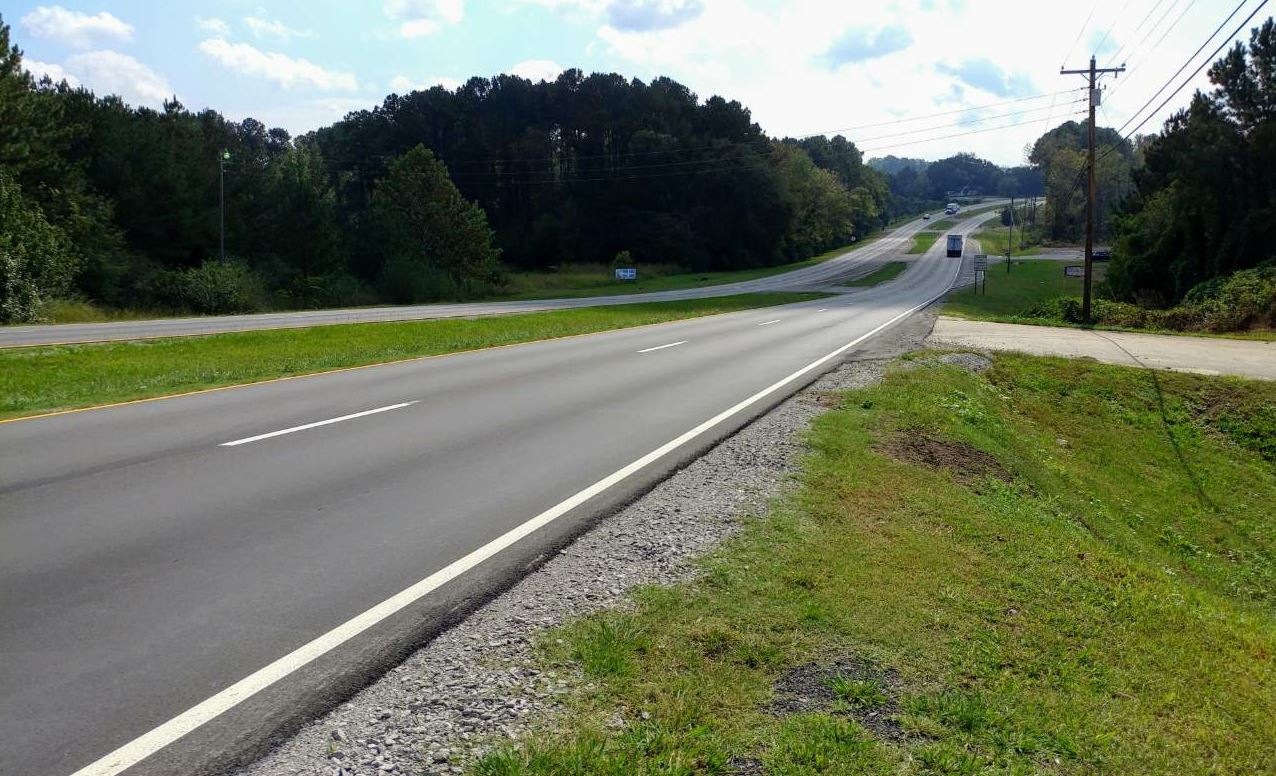Alabama DOT Gets Another Award
BY Alabama Asphalt Pavement Association

During the Dec. 8, 2017, awards luncheon, the Alabama Asphalt Pavement Association (AAPA) presented a 2016 Perpetual Pavement Award to the Alabama Department of Transportation (ALDOT). The award-winning project was a 2.5-mile section of SR-3 (US 31) in Morgan County, between Hartselle and Decatur, Alabama. This is ALDOT’s eighth Perpetual Pavement Award in 12 years.
To qualify for this prestigious award, a pavement must be at least 35 years old and never suffered a structural failure. This section of SR-3 has gone more than 20 years without requiring major maintenance. More than 18,000 vehicles each day use this road (4 percent of which is heavy truck traffic), and it has carried almost 3.2 million equivalent single-axle loads (ESALS) through the years. This project demonstrates the characteristics expected from long-life, perpetual pavement design: excellence in design, quality in construction and value to taxpayers.

From left: Derrick Wilson (ALDOT North Region, Construction Engineer), Mel Monk (AAPA Executive Director), John Cooper (ALDOT Transportation Director)
Mr. Mel Monk, P.E., Executive Director of AAPA, presented the crystal obelisk to Mr. Derrick Wilson, ALDOT North Region Construction Engineer and John Cooper, ALDOT Transportation Director. When asked about the signficance of this award, Cooper replied, “Decades after its construction, this section of SR-3 continues to reliably serve the citizens of Alabama, providing a vital connection between the cities of Decatur and Hartselle. The endurance of the asphalt pavement is a testament to the quality of engineering, construction and component materials. The Alabama Department of Transportation is honored by the selection of SR-3 for a 2016 Perpetual Pavement Award.”
“The advantages of these perpetual pavements are significant,” said Amy Miller, P.E., National Director of the Asphalt Pavement Alliance. Life-cycle costs are lower because deep pavement repairs and recosntruction are avoided. User delays are reduced because minor surface rehabilitation requires shorter work windows and can avoid peak traffic hours. And there are environmental benefits because minimal rehabiliation, combined with recycling any materials that are removed from the pavement surface, reduces the amount of material resources required over the pavement’s life.”
